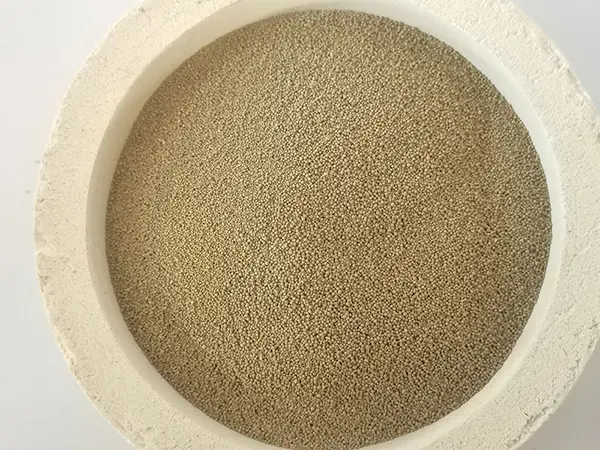What is Gold Sand? Understanding the Allure and Science Behind a Natural Phenomenon
Gold sand, often referred to as gold dust or fine gold, is a term that invokes images of treasure-laden beaches and glittering rivers. The allure of gold and the quest for it have been central to human history, driving explorations, economic systems, and even wars. But what exactly is gold sand, and why has it captured the human imagination for centuries?
The Composition of Gold Sand
Gold sand primarily refers to tiny particles of gold that are found in sand or gravel. These particles can form through various geological processes. When gold-bearing rocks weather and erode, they release small fragments of gold into the environment. Over time, these gold particles can become mixed with the soil, sand, or gravel, particularly in riverbeds or near the banks of lakes.
In natural settings, gold sand is usually found in areas where gold is naturally abundant, such as river deltas or floodplains. The process known as placer mining exploits this phenomenon. Miners search for these deposits in rivers and streams, as moving water tends to separate heavier materials like gold from lighter substances, allowing the gold to settle in specific spots.
The Formation Process
The formation of gold sand is a fascinating interplay of geology and physics. Gold, being one of the heavier metals, tends to accumulate in areas where water has slowed down, such as the inside curves of a river or the remains of ancient water bodies. Over millennia, gravity moves these tiny gold particles, depositing them with other sediments.
The sedimentary environment also plays a role. Sand bars, for example, are prime locations for gold sand accumulation. As rivers carve their paths through the land, they naturally deposit heavier materials, including gold, at certain points, effectively concentrating these precious particles.
what is gold sand

Historical Significance
The hunt for gold has been a significant aspect of many cultures throughout history. The California Gold Rush in the mid-19th century is one of the most famous examples, where the promise of quick riches led thousands of people to flock to the West Coast of the United States. The environmental impact of this rush was immense, leading to deforestation, soil erosion, and habitat destruction, highlighting the double-edged sword of gold's allure.
In addition to its economic significance, gold has held cultural importance across various civilizations. It symbolizes wealth, success, and sometimes divinity. Ancient Egyptians revered gold, using it in burial rites and art. Similarly, in Japan, gold has been utilized to embody power and was often associated with emperors.
Modern-Day Relevance
Today, the concept of gold sand also extends into the realm of recreational gold prospecting. Many enthusiasts pursue gold panning as a hobby, visiting streams and rivers with the hope of uncovering a fortune in glittering particles. This practice, while often sustainable when done properly, can still lead to localized environmental concerns when large groups converge on specific sites without oversight.
On a global scale, gold continues to be a crucial element in financial markets, serving as a hedge against inflation and a safe haven in times of economic uncertainty. Its demand for jewelry production, electronics, and medical applications also underlines its multifaceted significance in today’s world.
Conclusion
Gold sand represents a natural phenomenon that highlights both the allure of treasure and the complexities of the natural world. Understanding where it comes from and its historical context enriches our perspective on this precious metal. While gold may hold a romanticized allure, its true beauty lies not just in its appearance, but in the stories it tells—of human ambition, geographical forces, and the delicate balance we must maintain as we pursue our desires. Whether you are a seasoned prospector or simply captivated by the idea of finding gold in a riverbed, the pursuit of gold sand remains a fascinating endeavor that connects us to our past and to the earth itself.
Post time:ოქტ . 20, 2024 11:11
Next:supersand
